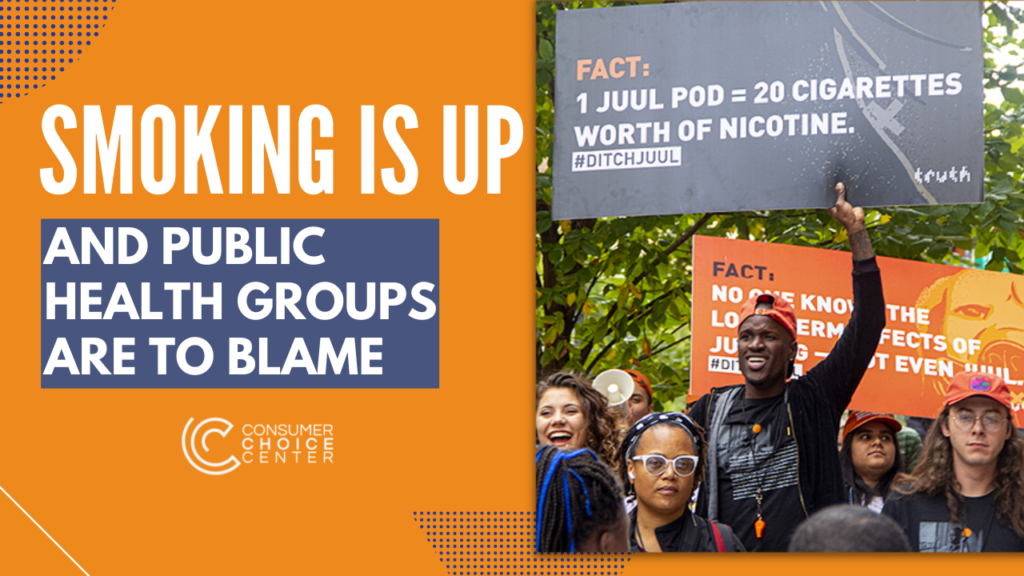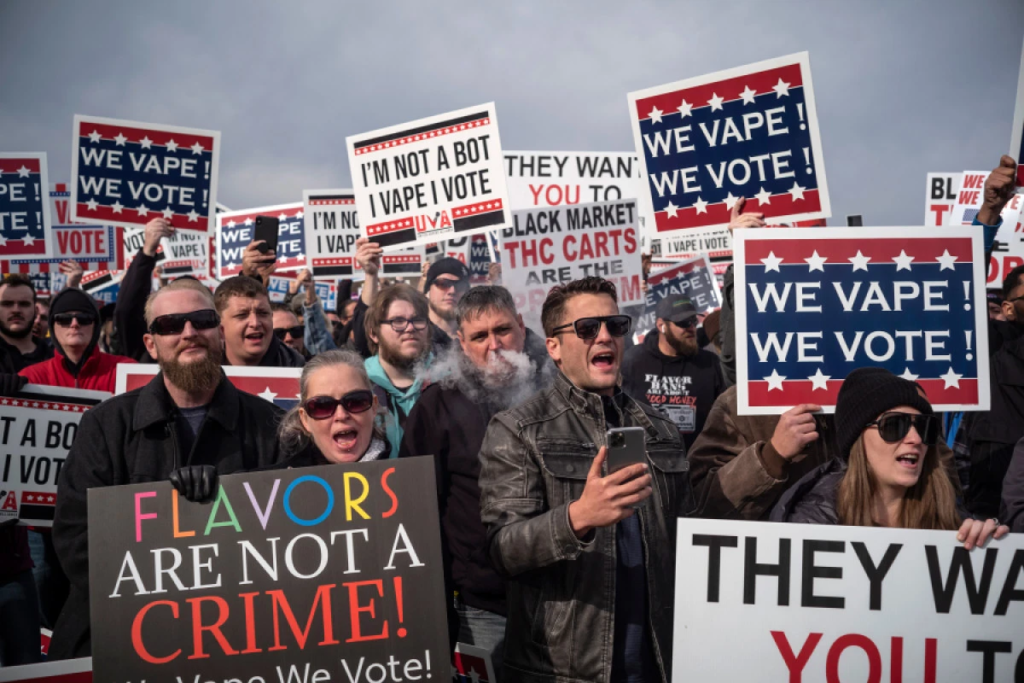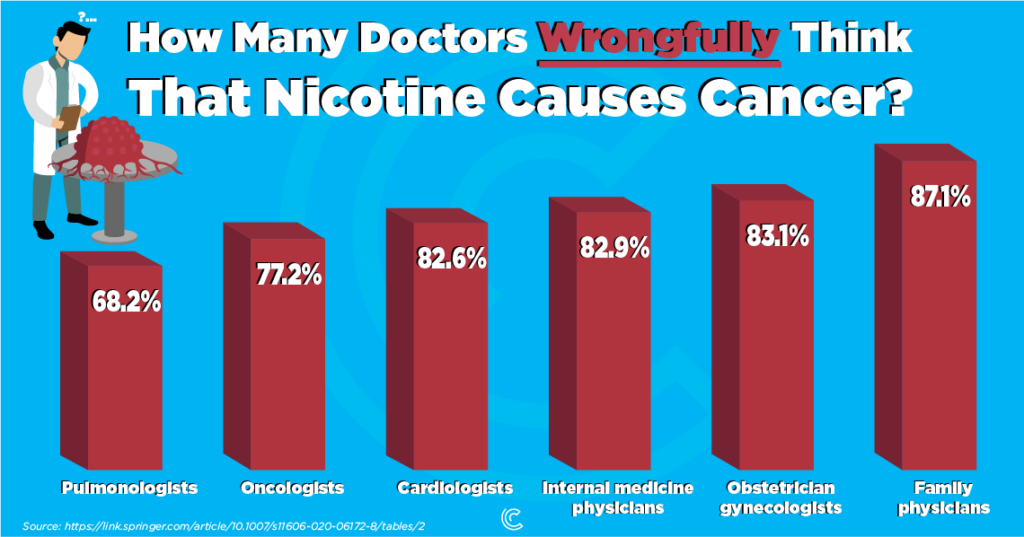Rokok, Vape, dan Perang Terhadap Nikotin
Rokok merupakan salah satu masalah kesehatan publik terbesar yang hingga saat ini masih terus dihadapi oleh berbagai negara di dunia, termasuk juga Indonesia. Negara kita merupakan salah satu negara dengan jumlah populasi perokok terbesar di dunia. Indonesia merupakan negara dengan jumlah populasi perokok ketiga terbesar di dunia setelah China dan India, dengan prevelensi 33,8%, atau 65,7 juta penduduk (jpnn.com, 29/4/2021).
Jumlah tersebut tentu merupakan angka yang sangat tinggi dan bukan masalah yang kecil. Tingginya jumlah perokok di Indonesia tentunya merupakan masalah kesehatan publik yang sangat besar. Tingginya angka perokok di Indonesia tentu menjadi penyebab berbagai penyakit kronis, seperti kanker, dan serangan jantung.
Rokok tidak bisa dipungkiri merupakan produk yang sangat berbahaya dan mengandung banyak bahan beracun. Untuk itu, tidak sedikit negara di dunia menerapkan berbagai kebijakan untuk menanggulangi konsumsi rokok, mulai dari kebijakan yang mengurangi insentif seseorang untuk mengkonsumsi rokok, hingga pelarangan total seluruh produksi dan konsumsi rokok.
Indonesia sendiri juga menerapkan beberapa kebijakan yang bertujuan untuk memitigasi dampak yang sangat negatif dari rokok. Salah satu kebijakan tersebut yang adalah melalui pengenaan cukai rokok yang tinggi terhadap produk-produk tembakau, untuk mengurangi insentif seseorang untuk merokok, karena harganya yang akan semakin mahal.
Salah satu aspek yang sangat berbahaya dari rokok yang tidak bisa kita pungkiri adalah rokok dapat menyebabkan para konsumennya mengalami kecanduan yang menyebabkan mereka sangat sulit untuk menghentikan kebiasaannya. Salah satu zat dalam rokok yang dikaitkan dengan perilaku kecanduan tersebut adalah nikotin yang terkandung di dalam rokok konvensional yang dibakar.
Untuk itu, berbagai pemerintah di dunia banyak mengeluarkan kebijakan yang bukan hanya dalam bentuk “perang terhadap rokok”, tetapi juga “perang terhadap nikotin” secara umum. Dengan demikian, produk-produk yang kerap menjadi sasaran dari kebijakan yang ditujukan untuk “memitigasi” dampak yang sangat berbahaya dari rokok tersebut bukan hanya dikenakan terhadap rokok konvensional yang dibakar, tetapi juga produk-produk alternatif lain yang mengandung nikotin, salah satunya adalah rokok elektronik atau yang juga dikenal dengan nama vape.
Tidak sedikit pula negara-negara yang menerapkan kebijakan “perang terhadap vape” secara keras, bahkan lebih keras daripada terhadap rokok konvensional yang dibakar. Australia misalnya, melarang kegiatan jual beli rokok elektronik tanpa resep dokter. Ini berarti, sebagian besar masyarakat Australia tidak akan bisa untuk mengkonsumsi rokok elektronik (abc.net.au, 8/9/2021).
Indonesia sendiri menerapkan kebijakan vape atau rokok elektronik tidak seketat dengan aturan yang diberlakukan di Australia. Salah satu bentuk kebijakan regulasi terhadap rokok elektornik atau vape yang diberlakukan di Indonesia adalah pengenaan cukai terhadap produk-produk rokok elektronik tersebut.
Namun, bukan berarti lantas tidak ada pihak-pihak yang memiliki keinginan untuk mengetatkan aturan tersebut. Beberapa kelompok dan organisasi di Indonesia misalnya, menginginkan agar produk-produk vape atau rokok elektronik untuk dilarang secara total di negara kita. Beberapa organisasi tersebut diantaranya adalah Ikatan Dokter Indonesia (IDI) dan juga Lembaga Perlindungan Anak Indonesia (LPAI) (mediaindonesia.com, 26/9/2019).
Tetapi pendekatan tersebut bukanlah sesuatu yang tepat. Menyatakan perang terhadap rokok elektronik merupakan langkah yang kontra produktif untuk mengurangi dampak negatif dari rokok. Tidak bisa dipungkiri bahwa rokok merupakan produk yang sangat membahayakan kesehatan karena mengandung bahan beracun, namun bukan berarti melarang total produk-produk alternatif seperti rokok elektronik menjadi solusinya.
Salah satu aspek yang membuat sebagian kalangan menganggap bahwa rokok elektronik dengan rokok konvensional yang dibakar tidak jauh berbeda adalah kedua produk tersebut sama-sama mengandung nikotin. Padahal, yang membuat rokok konvensional sangat berbahaya bukan semata-mata karena nikotin yang terkandung di dalamnya, melainkan berbagai zat beracun yang bisa menyebabkan berbagai penyakit kronis, seperti kanker dan serangan jantung (Consumer Choice Center, 2021).
Oleh karena itu, melarang produk vape, atau juga produk-produk nikotin lainnya seperti permen karet nikotin, justru akan sangat merugikan khususnya para perokok rokok konvensional yang dibakar. Hal ini dikarenakan mereka menjadi tidak memiliki alternatif produk-produk lainnya. Nikotin memang dapat membuat kecanduan, dan orang-orang yang tidak merokok memang sebaiknya tidak memulai untuk mengkonsumsi rokok. Tetapi, mereka yang sudah terlanjur kecanduan merokok harus diberikan kesempatan untuk memilih produk lain yang bisa membantu mereka untuk menghentikan kebiasaannya tersebut.
Selain itu, sangat penting juga bagi kita untuk kembali berkaca kepada sejarah, bahwa kebijakan prohibisi produk-produk apapun niscaya akan menemui kegagalan. Kebijakan pelarangan produk-produk tertentu, sepeerti minuman beralkohol dan termasuk juga produk-produk nikotin, akan memunculkan pasar gelap yang tentunya akan menguntungkan berbagai organisasi kriminal.
Sebaiknya, nikotin diperlakukan sama dengan hal-hal lain seperti kafein, yang banyak digunakan oleh konsumen untuk rekreasi. Yang dibutuhkan adalah regulasi yang tepat, yang dapat meminimalisir dampak negatif dari zat-zat tersebut, dan bukan pelarangan total yang sangat kontra produktif.
Originally published here












